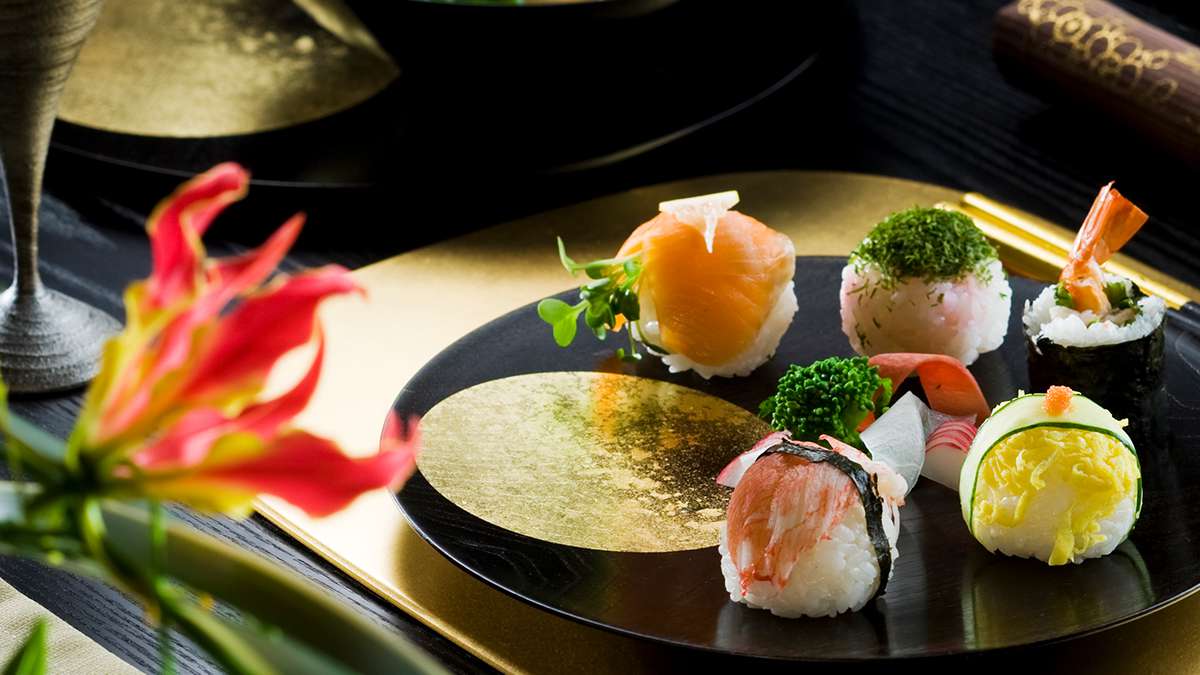free
Description

It is a sake cup of natural wood that makes the rag moon drawn with this gold leaf shine in the grain.
The "Oborotsuki" series creates a modern and gorgeous dining table with a sharp silhouette that eliminates waste.
Designed to fit the modern lifestyle, such as the foil pasting craftsman expressing the emotional moon with a slight shadow on the natural wood thinly carved by the woodworker. I repeated ingenuity in the process.
Finally, the work of rubbing lacquer and wiping it off was repeated many times to create a deep black color.
It is a gem that moves the hearts of those who pick it up, so please enjoy our self-confident work.
Information
| Manufacturer | HAKUICHI |
|---|---|
| Country of origin | Ishikawa Prefecture, Japan |
| Technique | Kanazawa Gold Leaf |
| Material | Keyaki |
| Size | Φ3.11" * 1.18"(Φ7.9*3.0cm) |
| Weight | 0.11 lbs(50g) |
| Capacity | 0 oz(ml) |
| Electronic Equipment | Microwave oven : X Dishwashing machine : X Direct fire : X IH : X Oven : X, |
| Note | |
| Delivery Time | 1-2 weeks (if out of stock + 1-2 weeks) |
Brand history and characteristics
How Japanese Products Can Be Such High Quality
Payment & Security
Your payment information is processed securely. We do not store credit card details nor have access to your credit card information.
![[SAKE CUP] OBOROTSUKI CUP LACQUER (S) | HAKUICHI | KANAZAWA GOLD LEAF](http://en.thebecos.com/cdn/shop/products/S0009-147_{width}x.jpg?v=1617919408)
![[SAKE CUP] OBOROTSUKI CUP LACQUER (S) | HAKUICHI | KANAZAWA GOLD LEAF](http://en.thebecos.com/cdn/shop/products/S0009-147-2_{width}x.jpg?v=1617919412)
![[SAKE CUP] OBOROTSUKI CUP LACQUER (S) | HAKUICHI | KANAZAWA GOLD LEAF](http://en.thebecos.com/cdn/shop/products/S0009-147_130x.jpg?v=1617919408)
![[SAKE CUP] OBOROTSUKI CUP LACQUER (S) | HAKUICHI | KANAZAWA GOLD LEAF](http://en.thebecos.com/cdn/shop/products/S0009-147-2_130x.jpg?v=1617919412)

